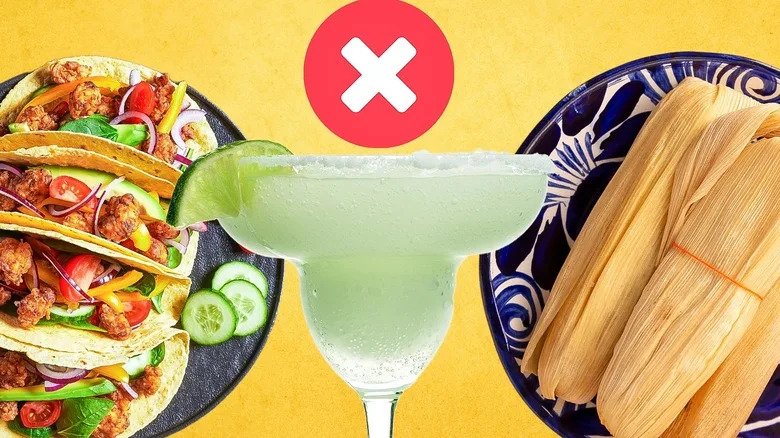Navigating Authentic Mexican Cuisine: A Guide for Diners

Many diners unfamiliar with traditional Mexican cuisine can inadvertently order dishes far removed from authentic flavors. Drawing on nearly two decades of experience exploring restaurants both north and south of the border, along with insights from renowned chef Marcela Valladolid, this guide highlights common pitfalls to avoid when seeking a genuine culinary experience.
A restaurant’s name alone is not indicative of its authenticity. Establishments heavily featuring crispy tacos laden with cheese, oversized burritos, chimichangas, queso dip, chili con carne, fajitas, and taco salads are likely serving Tex-Mex fare—a regional American adaptation that originated in Texas and California rather than Mexico itself.
Traditional Mexican tacos prioritize simplicity; soft corn tortillas filled with tender meats (beef, chicken, or pork), fresh cilantro, and diced onion, finished with a drizzle of salsa, exemplify this approach. Overstuffed tacos piled high with sour cream and cheese are not typical. The emphasis lies on the quality of ingredients: well-seasoned meat paired with vibrant, freshly prepared accompaniments.
Authentic Mexican restaurants prioritize fresh produce, homemade tortillas, handcrafted salsas, and freshly ground spices, incorporating these elements into dishes like soft tacos, enchiladas, pozole (a hearty soup), tamales, mole—often considered Mexico’s “mother sauce”—and other regional specialties.
When it comes to margaritas, many establishments serve diluted versions made with pre-mixed solutions and inexpensive tequila, often containing excessive amounts of sugar. A single pitcher can easily contain over 300 calories and 31 grams of added sugar. True margaritas traditionally comprise only tequila, orange liqueur, and fresh lime juice—a combination rarely found in Mexico outside of tourist destinations.
Chef Marcela Valladolid emphasizes that salsa is not universally applied as a blanket condiment. “In traditional Mexican cooking, salsas are as nuanced as the dishes themselves,” she explains. Different salsas – raw or cooked – serve distinct purposes, some designed to complement richness while others enhance intensity. Restaurants prioritizing authenticity will offer an array of salsas with varying spice levels to balance flavors.
Valladolid also notes that the ubiquitous presence of cheese in many Mexican-American restaurants is a departure from tradition. “I don’t understand how pre-shredded









